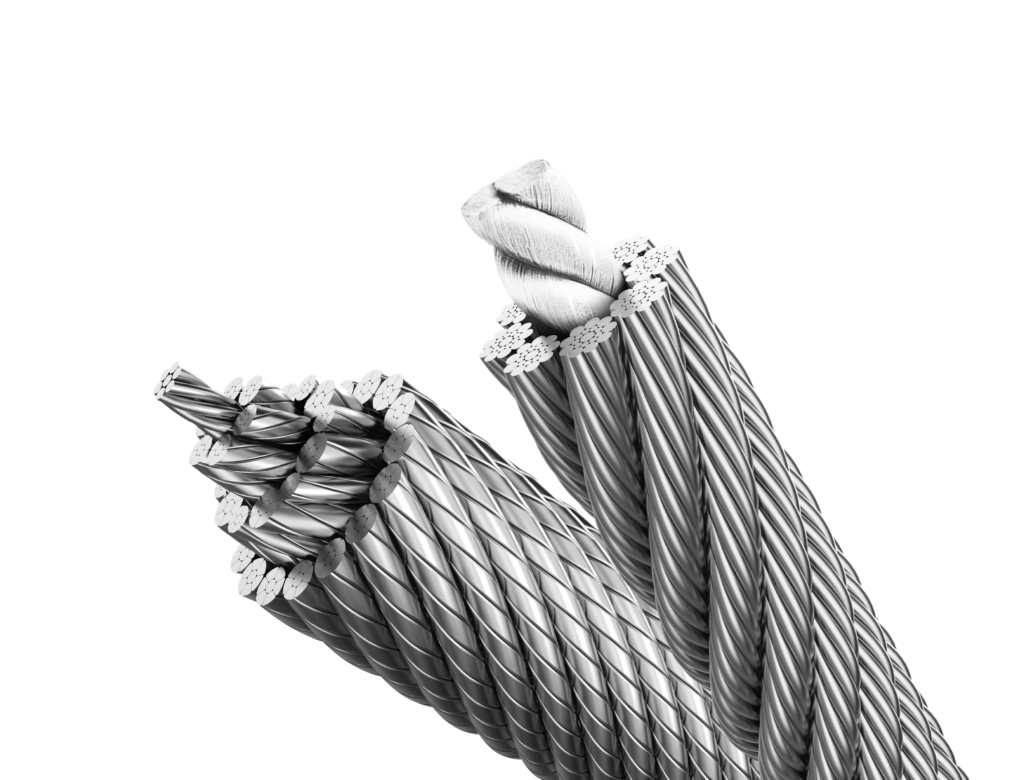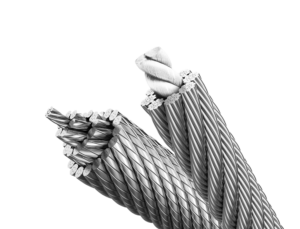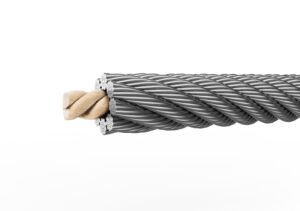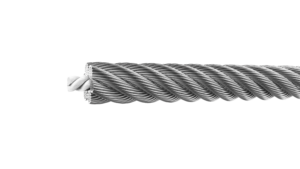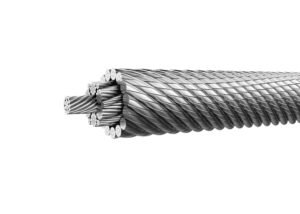As lifting technologies evolve, synthetic fiber ropes are emerging as alternatives to traditional steel wire ropes. While steel ropes remain dominant in elevators, cranes, and industrial hoisting, many engineers and operators are now evaluating whether switching to synthetic ropes makes sense.
This article compares the two rope types across key performance metrics and offers guidance on how to choose the right option for your application.
1. Overview of the Two Rope Types
Synthetic Ropes
Made from advanced polymers like:
UHMWPE (Ultra-High Molecular Weight Polyethylene)
Aramid (e.g. Kevlar®)
Polyester
Used in marine, offshore, elevator modernization, and specialized crane systems.
Steel Wire Ropes
Made from high-carbon steel wires, twisted into strands around a core.
Widely used in:
Elevators
Construction cranes
Mining hoists
Port equipment
2. Comparison Table
Property Steel Wire Rope Synthetic Rope
Tensile Strength Very high High (but lower than steel)
Weight Heavy 70–90% lighter
Flexibility Moderate Excellent
Fatigue Resistance Good Very high
Corrosion Resistance Moderate (needs lubrication) Excellent (non-corrosive)
UV/Heat Resistance Good Can degrade under UV or heat
Cost Lower initial cost Higher upfront cost
Inspection Method Visual + NDT tools Mostly visual
3. When to Use Steel Wire Rope
Steel is still the best option in many heavy-duty and safety-critical applications.
Recommended for:
High-load lifting (e.g. tower cranes, mining)
Friction elevators with high counterweights
Environments with high temperatures
Rotational stability and precise load control
Steel wire ropes are easier to inspect using magnetic and electromagnetic NDT tools, providing reliable safety tracking.
4. When to Use Synthetic Rope
Synthetic ropes offer significant advantages in weight-sensitive or corrosive environments.
Recommended for:
Elevator modernization where lighter ropes reduce motor load
Mobile cranes where quick deployment and re-spooling is needed
Offshore/marine projects exposed to saltwater
Environments where handling safety is important (no wire splinters)
Some companies, like Mitsubishi and Otis, have already adopted synthetic hoisting ropes in high-rise elevator systems to cut energy use and improve comfort.
5. Hybrid Options: The Best of Both Worlds
Some manufacturers now offer steel-synthetic hybrid ropes, such as:
Steel core with synthetic outer strands
Synthetic rope with embedded sensors or metal load strands
These offer:
Reduced weight
Improved fatigue performance
Compatibility with standard sheaves
6. Safety & Certification Considerations
Before switching to synthetic ropes:
Confirm certification under ISO 4344, ASME A17.1, or relevant local codes
Verify compatibility with existing sheaves, drums, and tension systems
Train staff on handling, inspection, and replacement criteria
Conclusion: Choose Based on Application, Not Just Technology
There’s no universal “better” rope type—only a better match for your specific application. Steel wire ropes remain the gold standard for heavy-duty, high-tension use, while synthetic ropes shine in lightweight, flexible, and corrosion-prone conditions.
Evaluate your priorities: strength, weight, safety, maintenance, and cost—and choose accordingly.

